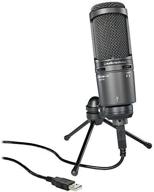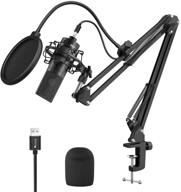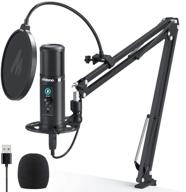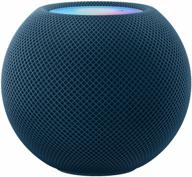
Review on 🎙️ Procaster Dynamic Vocal Microphone - Perfect for Broadcasting by John Wood

Great mic just remember to match it with the right interface
A lot of the mic choice comes down to personal taste so I can say the design is incredible, built to last, definitely. I find the sound to be quite clear and flat, making it very versatile for many voice types, which is what it's made for. The proximity effect is notorious, and while plosives and other noise can be avoided with good vocal technique and a wind anti-pop filter, the ideal scenario is to use an anti-pop filter. The noise level it produces is also very controllable and with a good gain interface it can be used with great sound quality. In the beginning I used it with a 3rd gen Focusrite Scarlet 2i2, the gain should be close to 95% which introduces extra noise although it's very comfortable and clean. I had to return this interface (defective unit) and bought a Motu M2 and now the mic actually has more gain room and the noise is even less, definitely a great combination. I noticed two things online: One of the mic pins is larger than the other. You can see on the Rode FAQ page that this is normal. This is the ground pin and is to ensure that this pin connects first and protects the microphone. Some people show that the pins pull out after removing the XLR connector. To avoid this, make sure the screw in the small hole next to the connector is tight enough before connecting the cable.
- Confident
- There are nuances
New products
Top products in 🎤 Microphones

Enhanced Performance: Audio-Technica AT2020USB+ Cardioid Condenser USB Microphone (Renewed)

19 Review

🎙️ Fifine USB Streaming Microphone Kit: The Ultimate Condenser Studio Mic for Professional Recording

15 Review

Revolutionize Your Sound with the Blue 1967 Yeti Pro USB Condenser Microphone, Multipattern

20 Review

Professional USB Microphone with Zero Latency Monitoring - MAONO AU-PM422: 192KHZ/24BIT Cardioid Condenser Mic with Touch Mute Button and Mic Gain Knob for Recording, Podcasting, Gaming, YouTube

19 Review








